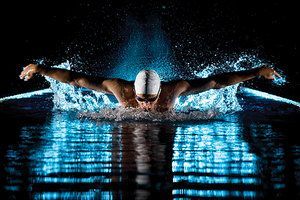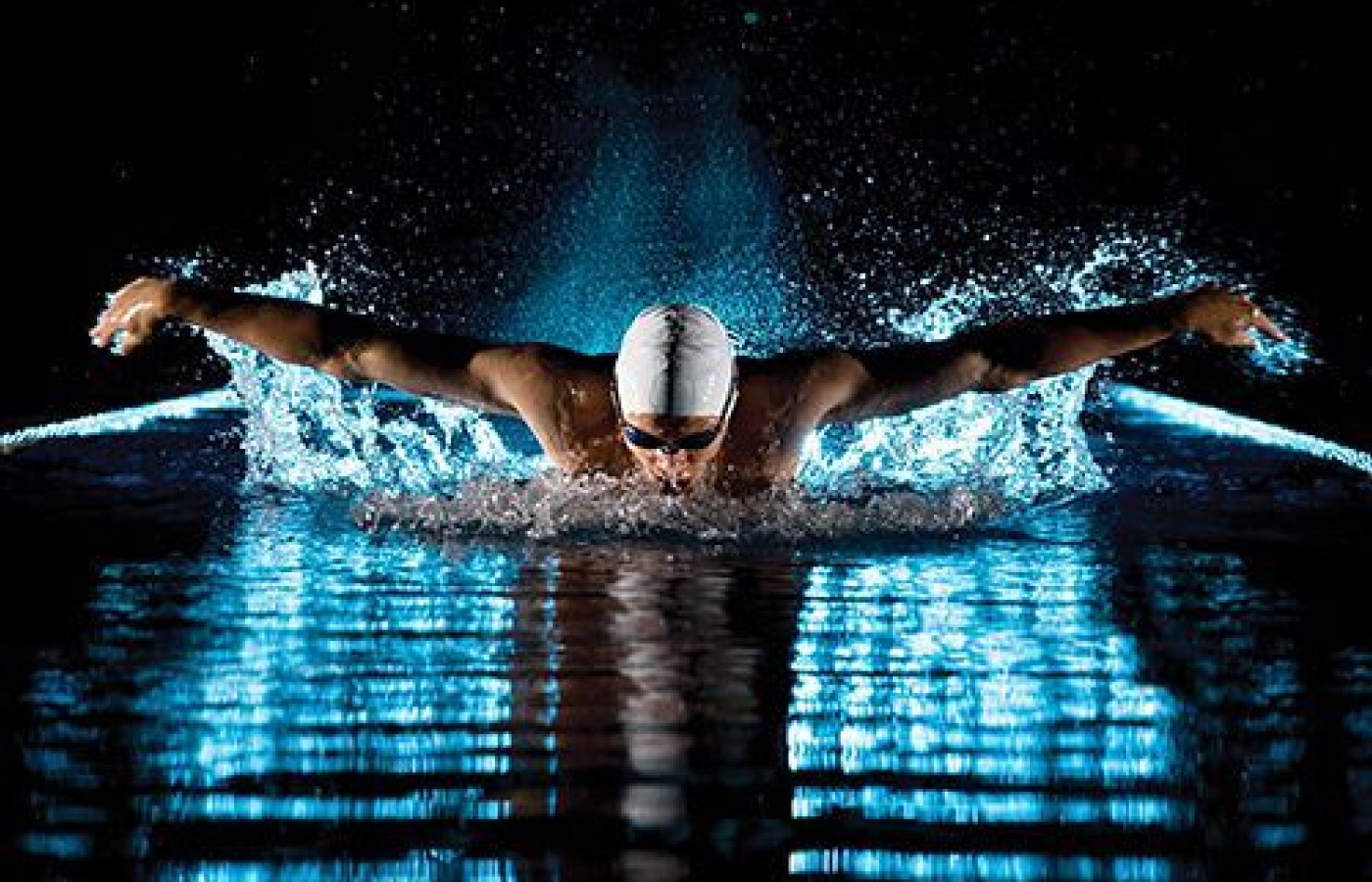It is estimated that 61% of patients with CTS avoid taking surgical options due to postoperative complications and costly surgical procedures. Chiropractic care offers a comprehensive and effective treatment for carpal tunnel syndrome, addressing the condition from multiple angles. Recent studies also have unveiled a game-changing adjunct to chiropractic treatments for CTS: nerve flossing.
Essential Tools for the Sports Injury Practice
Sports chiropractic has come a long way since January 1990, when San Francisco 49ers quarterback Joe Montana was adjusted by Dr. Nick Athens during the nationally televised pregame coverage of Super Bowl XXIV. Nearly 90 million viewers were tuned in at the time. Since then, sports chiropractic has evolved thanks to other high-profile athletes who have embraced chiropractic care for their performance, injury prevention and recovery. Notable names including Jerry Rice, Evander Holyfield, Tiger Woods, Tom Brady, Emmitt Smith, Gerald Wilkins,and more recently, 2015 Masters and United States Open champion, Jordan Spieth, have been vocal supporters of chiropractic care.
Nearly every major sports team employs chiropractors as part of the sports medicine team of doctors and therapists that treat their athletes. From MLB, the NFL and the NBA to individual athletes, the need for chiropractors in professional sports has gained more and more popularity. If treating athletes is something you aspire to, you too can enjoy the satisfaction of helping athletes attain high levels of physical and mental performance. You don't even need to be working for a professional sports team. In fact, running a sports injury practice can be much more rewarding than working for a professional sports team. Here's what you should know to get started.

A Patient Base Awaits You
In communities all over the country, there are plenty of fit and active people who need and want our services every day. Consider the aging baby boomers, highly focused on fitness and active lifestyles in their retirement. The growing populations of active retirees playing golf and tennis displaces the old stereotype of grandma and grandpa sitting on their rocking chairs. And don't forget the young athletes in Little League, softball, swimming, lacrosse, cross-country, crew and more. Add to that the explosive growth in the popularity of triathlon, duathlon and other multi-sport events such as adventure racing, and it's obvious that, with the increasing participation in these events, chiropractors are in a unique position to play an integral role in the sports community. With the proper strategy, equipment and treatment approach, you can create a successful practice filled with grateful patients who refer and will pay for your services regardless of insurance coverage.
What Motivates Athletes
One of the advantages of a sports injury practice is the level of motivation the average athlete has to recover from an injury. Regardless of age or ability, the average athlete is highly engaged in their care, is eager to follow recommendations and will follow through with home care. In fact, if there is a challenge in treating athletes, it's getting them to rest and cut back on their activity. No one likes to be injured, but athletes hate being sidelined.
As I have written in a previous article published in Dynamic Chiropractic ("How's Your Bucket?"), all patients, regardless of their activity level, want only three things from their care: They want to be out of pain, increase their quality of life and get back to the activities they enjoy. Of these three, the ability to get back to their activity is most important to an athlete.
In fact, unlike the average patient walking into your clinic, pain isn't the primary motivating factor for them. Chances are, when an athlete enters your practice, they have competed and trained through some level of pain. They only feel motivated to seek care because the pain has started to affect their performance or their ability to participate.
Tools of the Trade
Armed with an understanding of what motivates an athlete to seek your services, you should develop an efficient system that focuses its main objective to get each patient back to the activities they enjoy. There are many components to streamline your practice. From your system to quickly and efficiently assess and diagnose their condition, to your office management software, treatment modalities and marketing, everything should lead them to a successful return to play. In my opinion, the main tools that will get your patient off the "DL" and back in the game are class IV deep-tissue laser therapy, therapeutic taping, myofascial and soft-tissue techniques, and functional dynamic rehabilitation exercises.
Tool #1: Deep-Tissue Low-Level Laser Therapy
Low-level laser therapy is a must-have tool in the sports chiropractic practice. The ability to reduce swelling and increase healing in muscle, tendon, ligament and joint tissue cannot be understated. The class IV laser is an FDA-cleared medical device that is an integral tool to help patients recover from a wide variety of injuries. In my experience, it is successful in treating injuries of the meniscus, rotator cuff, tendonitis, bursitis, muscle tears, tennis elbow, plantar fasciitis, golfers elbow, runner's knee and more. In addition to reducing swelling and pain, the effects of laser therapy on injured tissues initiate a cascade of metabolic events that helps heal the tissues. There are plenty of resources on the exact effects of laser therapy on tissues, but for now, understand that it is an excellent tool for the sports injury practice.
Tool #2: Therapeutic Taping
As with any injury, pain is a powerful component that affects how an individual moves. As I mentioned earlier, by the time an athlete enters your practice, they have likely attempted to train through the pain. However, the innate capacity of the body to avoid pain creates compensation patterns that, over time, contribute to the recurrence of the original condition and additional injury to overused joints and tissues.
Used correctly, therapeutic taping corrects for these abnormal movement patterns, removing stress to other tissues and joints, and encouraging proper movement between visits.
Tool #3: Myofacial and Soft-Tissue Techniques
I'm often asked by patients whether their problem is bone, joint or muscle. I typically answer, "Yes, it's all three." As you know, injuries affect all tissues of the body. Having a good soft-tissue technique in your toolbox is vital to help an athlete get back to play. As with the therapeutic taping, addressing abnormal movement patterns by treating the muscles and fascia with soft-tissue treatments is critical.
Myofascial release, active release, Graston or a combination of techniques can help overcome the dysfunctional muscle patterns present in nearly every injury. In addition, you can engage the patient by prescribing self-myofascial release and foam rolling at home to aid recovery.
Tool #4: Functional Rehab
To help athletes complete their recovery and satisfy their desire to be involved in their own care, a system of corrective exercises is paramount. Instructing your patients on isometric trunk stability, pelvic, shoulder and core stability is a highly effective strategy to engage them in their recovery. Your sports injury rehab area should include, at a minimum, exercise bands, tubing, stability balls, steps, medicine balls and a pair of adjustable dumbbells.
A Mutual Reward System
Running a sports injury practice is highly rewarding. As a clinician, the satisfaction of working with highly motivated and engaged patients makes practice fun. There are plenty of active adults and children who need and want our services, and that trend is continuing. By understanding their motivation and desire to get back to play, you can play a critical role in their continued quest in their chosen field of athletic pursuits. They will value you as the key to their success for years to come.



